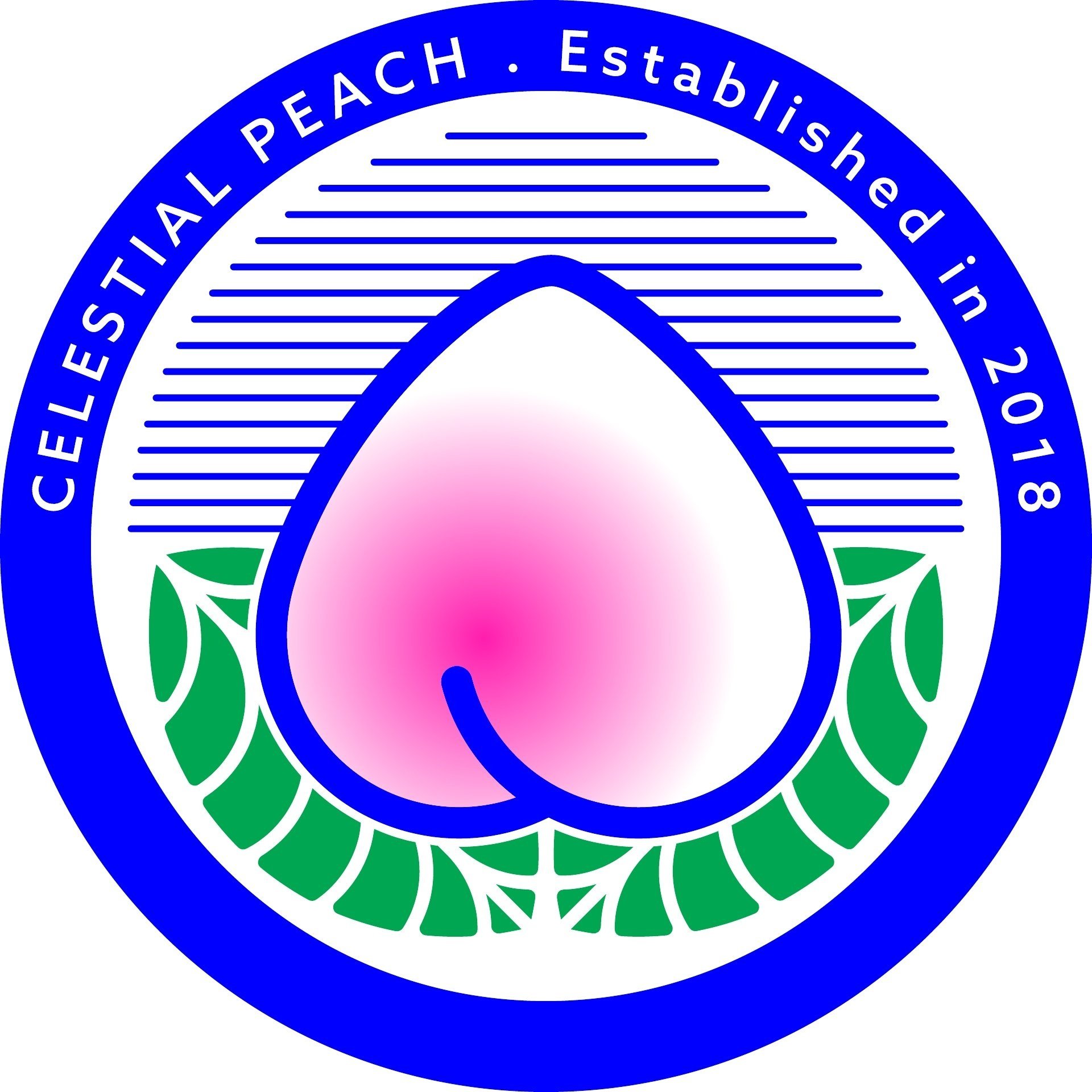Chinese Vegan Guide to Chillies
No chillies.. no revolution?
Today, there are over 2,000 types of chilli pepper cultivated in China, one of the largest production countries in the world. It may be surprising to know that chillies are not an indigenous plant, having been introduced in the 15th century from the New World (South America) via the Silk Road trade route or quite possibly by boat via South China. It was in the landlocked, near tropical regions such as the Sichuan and Hunan provinces where the chilli plant flourished and was fully embraced, and in part due to poverty in such areas.
Chairman Mao — who hailed from Hunan — famously once said: “No chillies, no revolution”. If Western Chinese provincial cuisine is anything to go by, its people have certainly worked out how to weaponise this little plant. The chilli obsession is reflected in the availability of chilli in all its forms: dried, powdered, fermented, pickled, in sauces, pastes and oils. Moreso, it pervades all aspects of daily life. From the superstitious feng shui practice of hanging chilli peppers outside your business to bring good luck, to the Chongqing traffic officers' innovative tactic of handing out chillies at roadside service stations to stop drivers falling asleep at the wheel! And for some, chilli eating is a pastime — a competitive sport, even. Take the annual festival in Ningxiang, Hunan province, where daily chilli pepper eating competitions are held throughout August.
Having grown up in Hong Kong I am not naturally of the spicy persuasion, since Cantonese cuisine favours clear and balanced flavours rather than the all-guns-blazing approach of Western Chinese cuisine. Indeed, Eastern Canton and Zhejiang provinces more or less eschew spiciness. Meanwhile, the Tien Tsin chilli pepper (meaning ‘heaven facing’) favoured by the Western Chinese reaches up to 75,000 on the Scoville scale i.e. very, very hot.
But even among the Western styles there is regional variation in the use of spice. Sichuan cooking has its signature spicy ‘mouth numbing’ flavour pairing known as ma la. Hunanese is more about direct heat, smoky and intense, while in hot and humid Yunnan province people favour a suan la ‘spicy tart’ flavour — pairing chilli and vinegar to dress cold-tossed dishes and salads.
In my opinion, less is more! For me, chillies work best when adding sharpness or a high note that is balanced with sweetness from vegetables or even fruit and chocolate, or creaminess as in a yoghurt-based sauce.
Benefits
High in vitamins C, A and E
High in antioxidants
Negligible calories and acts as an appetite suppressant that could help weight loss
Aids in pain and inflammation relief
Could control insulin levels after eating
Clears congestion
Healthy vegan recipes
Pickled red chillies Guizhou style (Madame Huang’s Kitchen)
Salt brine pickled chilli (withaglass.com)
Chinese chilli oil (redhousespice.com)
Aged Sriracha hot sauce (steamykitchen.com)
Sichuan spicy hotpot soup base (yireservation.com) — omit the bones and replace with a handful of dried shiitake mushrooms to make it vegetarian
Further reading
How the chilli arrived in China (thebeijinger.com)
The main types of Chinese chilli peppers (oureverydaylife.com)
More on Tien Tsin chilli peppers (pepperscale.com)







